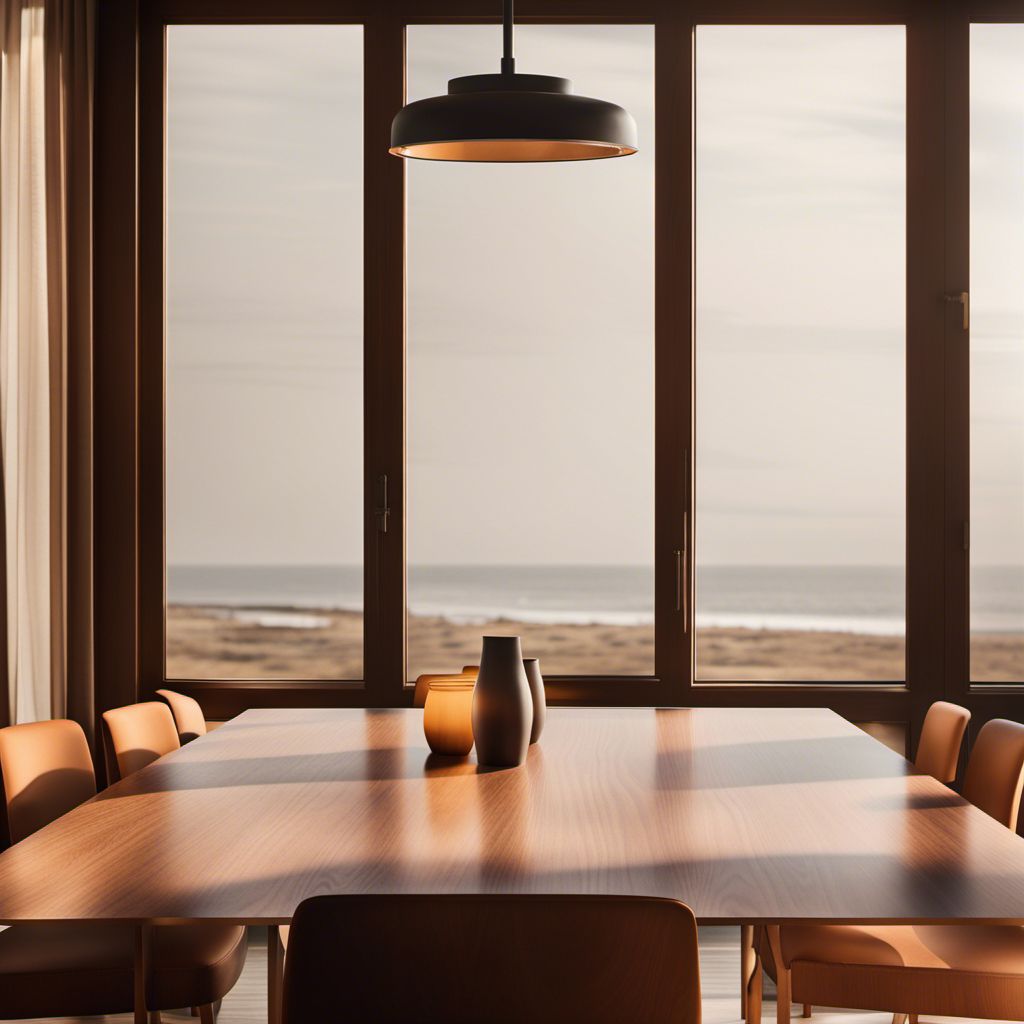
Ingredient
Pandan leaves
The Fragrant Gem: Pandan Leaves
Pandan leaves are long, slender leaves with a vibrant green color and a distinct aroma reminiscent of vanilla and jasmine. They are often used in Southeast Asian cuisines, particularly in dishes like rice, desserts, and beverages, to add a fragrant and visually appealing element.
Origins and history
Pandan leaves have a long history and are native to Southeast Asia, where they have been used for centuries in traditional cooking and herbal medicine. They are highly regarded for their aromatic properties and are considered a staple ingredient in many Southeast Asian households.
Nutritional information
Pandan leaves are not consumed directly and are primarily used for their aromatic properties. They are low in calories and do not contribute significant nutritional value to dishes.
Allergens
There are no known allergens associated with pandan leaves.
How to select
When selecting pandan leaves, look for fresh leaves that are vibrant green in color and free from blemishes or signs of wilting. The leaves should have a strong and distinct aroma.
Storage recommendations
To prolong the freshness of pandan leaves, store them in a sealed plastic bag or container in the refrigerator. They can also be frozen for long-term storage.
How to produce
Pandan leaves can be grown in tropical or subtropical regions with warm temperatures and high humidity. They require well-drained soil and regular watering to thrive.
Preparation tips
Pandan leaves are commonly used to flavor rice, desserts, and beverages in Southeast Asian cuisines. They are often used to make pandan-infused rice, pandan chiffon cakes, and pandan-flavored drinks.
Culinary uses
Pandan leaves are widely used in Southeast Asian cuisines, particularly in countries like Thailand, Indonesia, Malaysia, and the Philippines. They are an essential ingredient in dishes such as nasi lemak, pandan chicken, and pandan kaya jam.
Availability
Pandan leaves are commonly available in Southeast Asian countries and can be found in local markets, grocery stores, and Asian supermarkets. They are also available in dried or frozen forms for convenience.
More ingredients from this category
Recipes using Pandan leaves » Browse all
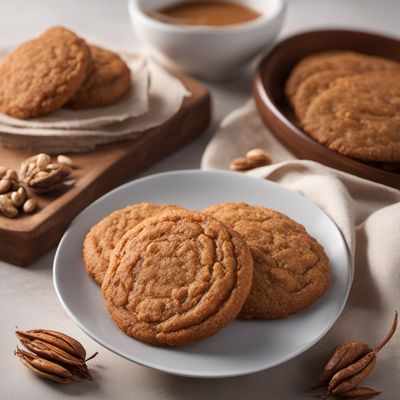
Apam Balik with a Twist
Crispy Malaysian Pancake Delight
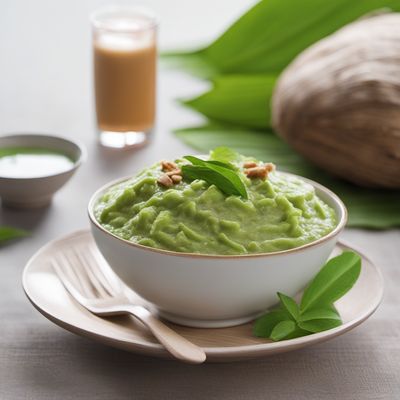
Bilo-bilo with Coconut Cream
Coconut Delight: A Sweet and Chewy English Twist on Bilo-bilo

Kue Cucur with a Twist
Coconut Delight: A Modern Twist on Indonesian Kue Cucur
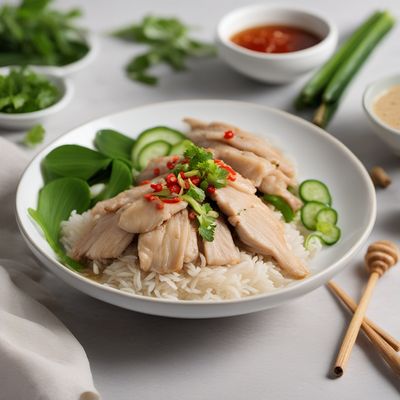
Hainanese Chicken Rice with Fragrant Ginger Sauce
Savory Delights: Fragrant Hainanese Chicken Rice with Ginger Sauce
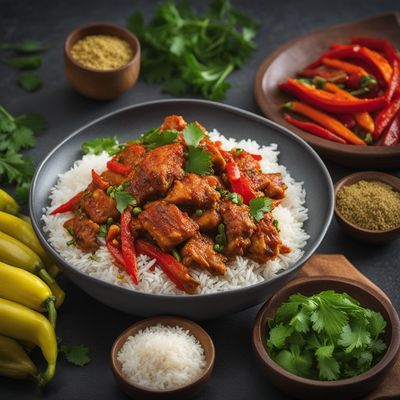
Ankara Tava with a Singaporean Twist
Spiced Chicken and Vegetable Stir-Fry with Fragrant Rice
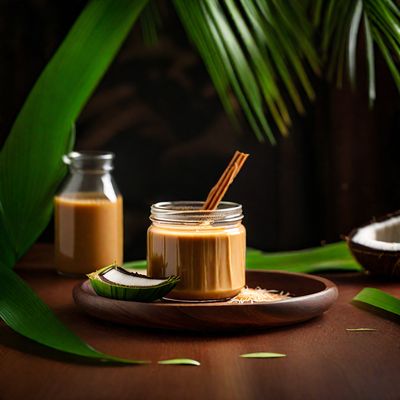
Dulce de Leche - Vietnamese Style
Vietnamese Caramel Sauce: A Sweet Indulgence
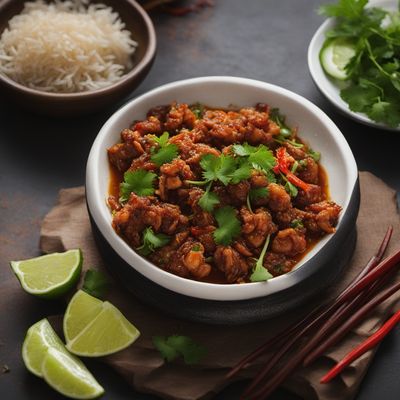
Sizzling Sai Krok Isan
Fiery Thai Sausage Sizzler with a Filipino-American Twist

Steamed Chicken Rice (Nasi Tim Ayam)
Indonesian Delight: Fragrant Steamed Chicken Rice

Chè đậu xanh with Coconut Cream and Pandan Jelly
Creamy Coconut Pandan Chè đậu xanh: A Vietnamese Delight

Hainanese-style Rabbit with Palamida
Hainanese Palamida Bunny Delight
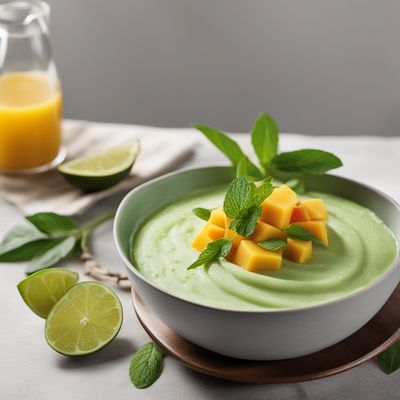
Singaporean Quark Delight
Creamy Delight: A Singaporean Twist on German Quarkspeise

Bánh kẹp lá dứa (Pandan Leaf Sandwich)
Tropical Delight: Pandan Leaf Sandwich
